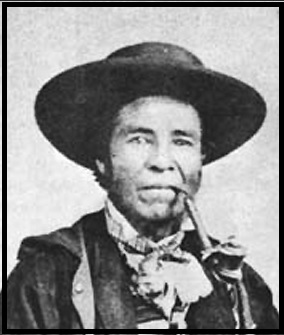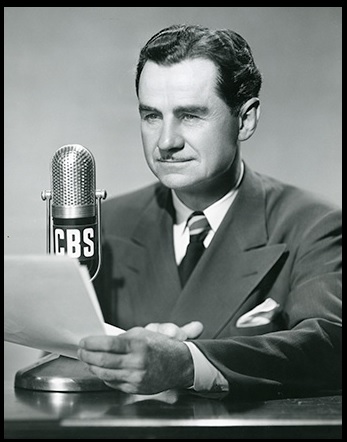
A year after President Roosevelt signed Executive Order 9066 calling for curfews and internment camps for Japanese-American citizens, attorney Minoru Yasui decided to test its constitutionality by deliberately breaking the curfew. He was arrested, sentenced to nine months in solitary confinement, and sent to an internment camp for the remainder of the war. Upon his release in 1944, he moved to Denver, resumed his law practice, and became involved in civic affairs. He was a founding member of Denver’s Urban League, and for ten years served as director of the city’s Human Rights Commission. Due largely to his efforts, Denver was able to avoid the race riots that plagued other cities during the Civil Rights Era of the 1960s. The Minoru Yasui Community Service Award, granted annually to outstanding volunteers, was named in his honor. After his death, his wartime arrest record was dismissed by the 9th Circuit Court of Appeals. He was awarded the Presidential Medal of Freedom by Barack Obama in 2015.









